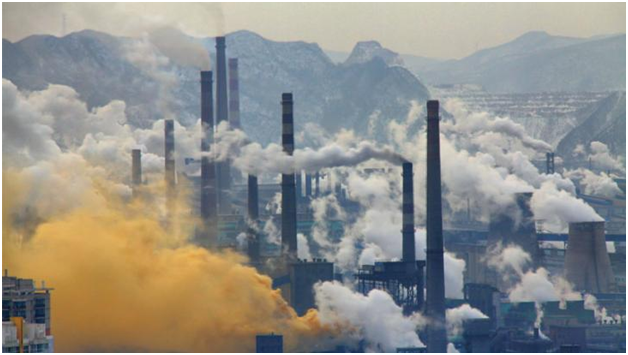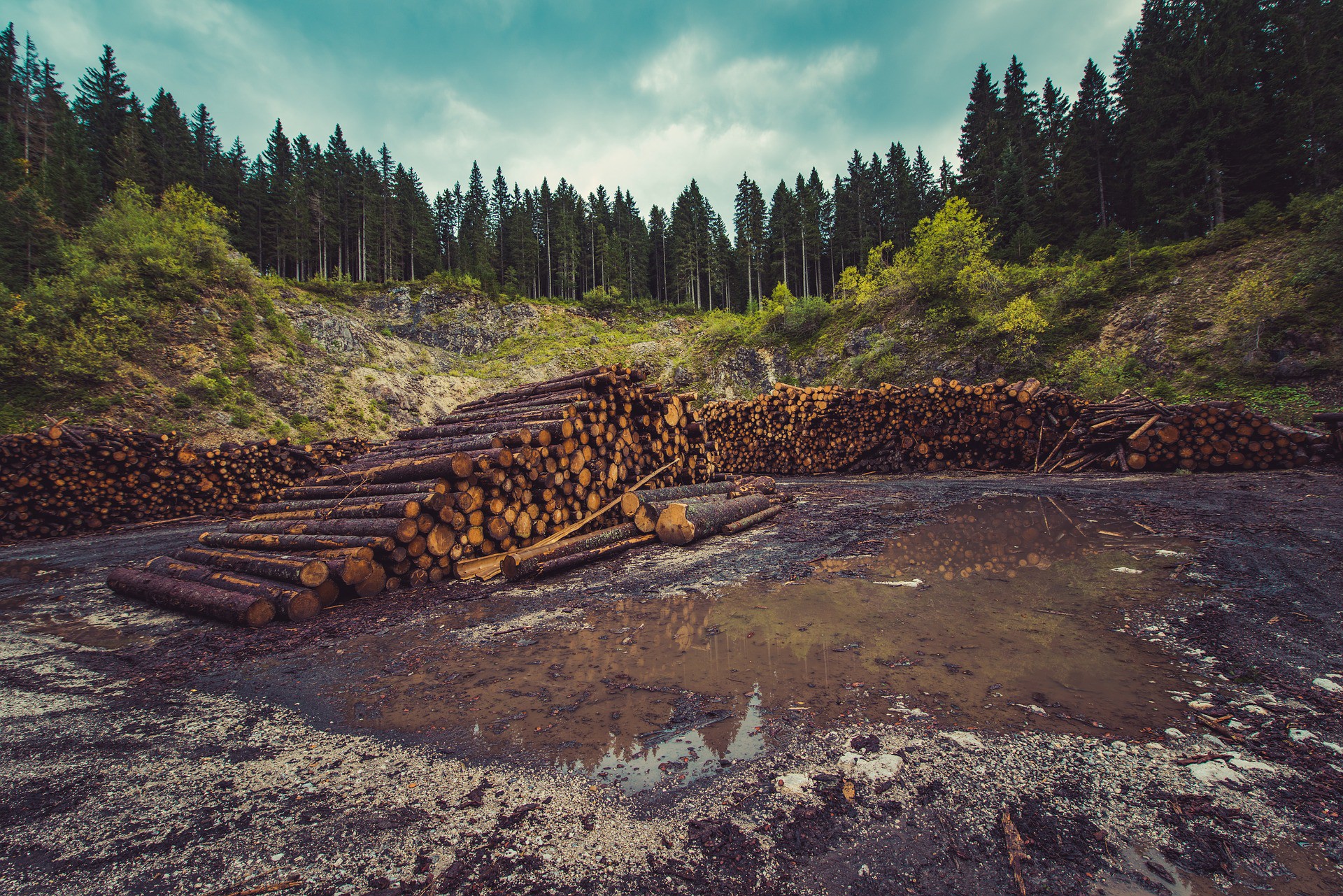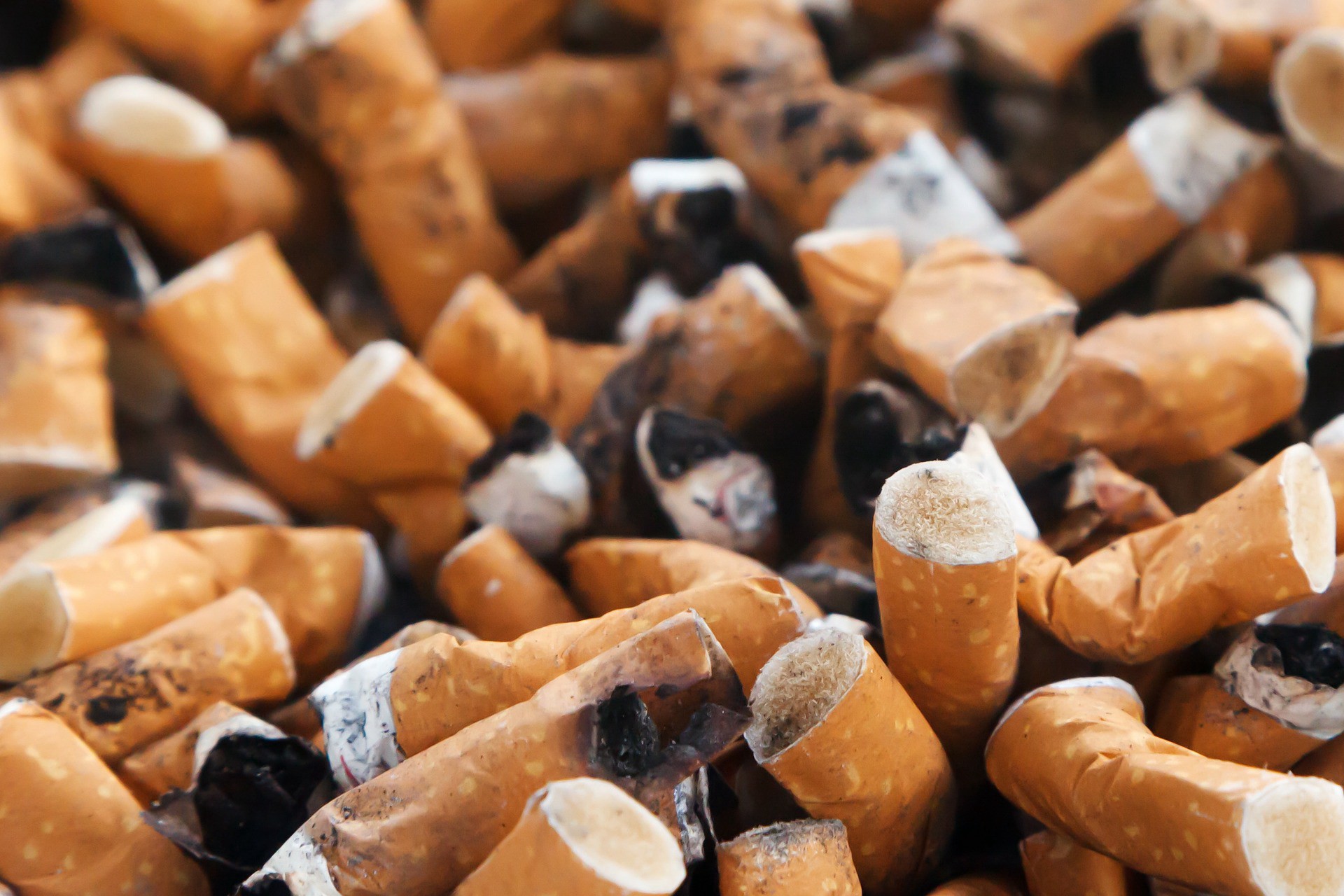Air pollution is a mixture of gases and solid particles in the air. It occurs when the air contains harmful and toxic amount of dust, gases, fumes and odour. Pollutants that are released into the air, compared to those that are land and water pollutants, are the most harmful. In fact rising levels of air pollution in Beijing has brought forth a new disease ? Beijing cough.
 Source
Source
Air pollution can result from both natural and human actions. Natural events that pollute the air include volcanic eruptions, forest fires, wind erosion, evaporation of organic compounds, pollen dispersal, and natural radioactivity. However, pollution from natural occurrences is not very often. The human activities that result in air pollution include:
1. Industry
Industries are a major contributor to air pollution. Industrial processes discharge pollutants such as nitrous oxide and hydrofluorocarbons into the air. Petroleum refineries also liberate lots of hydrocarbons into the air. Agricultural practices like livestock rearing and landfills also add to atmospheric methane concentrations. The overall effect is amplification in the global warming probability.
2. Vehicle Emissions
 Source
Source
Vehicle emissions are another source of fossil fuel emissions which invariably leads to air pollution. Cars, heavy duty trucks, shipping vessels, trains, and airplanes all burn lots of fossil fuels to work. Emissions from automobile engines hold both primary and secondary pollutants. This is a major cause of pollution and one that is very difficult to deal with as transportation is a major industry in itself.
Private transportation accounts for about 10 percent of an individual?s carbon footprint, or the amount of carbon dioxide our activities and lifestyle contribute to the atmosphere.
3. Household and Farming Chemicals
Fumigating homes, crop dusting, painting supplies, household cleaning products, over the counter insect/pest killers, fertilizer dust, all of these emit harmful chemicals into the air and lead to pollution. In many cases, when we use these chemicals at offices or homes with no or little ventilation, we may fall sick if we breathe them in for an extended period of time.
4. Deforestation
 Source
Source
Deforestation affects the atmosphere in more than a few ways. Forests act as sponges for carbon dioxide through a process called carbon sequestration. Trees amass carbon dioxide in their plant tissue as they take in this gas to undertake food-making. In effect, this action gets rid of carbon dioxide from the air. When forests are burned and destroyed on purpose and to tremendous extents, this storage area for carbon dioxide is removed, thus increasing the amount of atmospheric carbon dioxide.
Wood fires are also another effect of deforestation and can be cause air pollution by discharging particulate matter into the air. These particles can become lodged in the respiratory system, causing irritation to lung tissues. The particles can also worsen existing health conditions such as asthma and other respiratory disorders.
5. Smoking
 Source
Source
One can still be at a risk of the dangers of smoking even if they are a nonsmoker. The University of Minnesota estimated that up to 90 percent of the population is habitually exposed to secondhand smoke. Tobacco smoke contains up to 40 carcinogens, making it an especially fatal form of air pollution. If you have smokers in the family air purifiers will ensure that the other members don?t suffers from second hand smoke.
Carypure is one such brand of air purifiers, visit their website to find air purifier will best suit your home and workplace.


